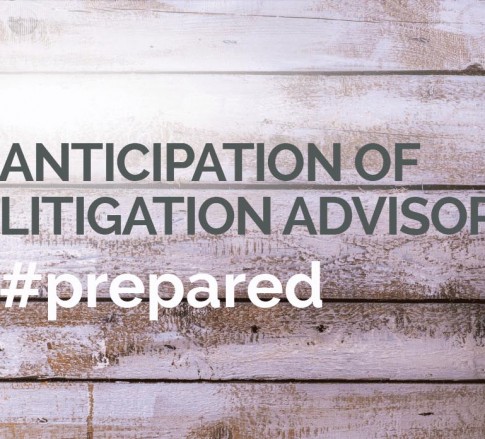Beyond litigation: The use of e-discovery tools in the transactional practice
July 24, 2019
The discovery phase of litigation often results in the need to process enormous quantities of electronic data. This has resulted in the development of powerful e-discovery platforms and tools to assist companies and their legal counsel in processing this information, resulting in significant efficiencies and costs savings. Although such investment was originally driven by the needs of litigators to simplify discovery projects, practitioners are now recognizing the utility of advanced searching, analytics, storage and processing in other legal contexts, particularly transactional work.[1]
As with litigation, M&A work requires the gathering, organization, and analysis of a large number of documents. In that way, the due diligence phase of a transaction (where contracting parties share information about one another) is akin to the discovery phase of a lawsuit. Transactional lawyers face the same challenge in due diligence as litigators face in discovery: making sense of a voluminous amount of information in the face of an extremely tight deadline. Given the similarity between discovery and due diligence, transactional lawyers can harness the same technological investment originally made to streamline discovery to increase efficiency and keep costs low in transactions.
Transactional attorneys now use several different tools originally deployed by litigators to simplify discovery. For example, practitioners are using Relativity, a platform that many legal professionals believe relates only to litigation and e-discovery, to help with the collection, management, and sorting of contracts, permits, licenses and other documents disclosed in transactions.[2] Coupling a platform such as Relativity with artificial intelligence software can produce a system that allows users to:
• classify contracts and contract sections by type;
• filter, batch, or compare sections of a document across an entire compilation of contracts;
• connect amendments to original contracts for a unified viewing experience; and
• visualize differences among versions of the same contract or among different contracts.[3]
These data analytics capabilities can reduce the time it takes to close transactions and is expected to be a key driver in the acceleration of the overall due diligence process.[4] One practitioner even stated that this kind of technology “will not only make due diligence faster and more efficient but will mitigate risk throughout the process.”[5]
While law firms and their clients continue to invest in e-discovery technology to improve their litigation processes, they should also recognize the applicability of those investments in the transactional context. Such investment can produce the same benefits for the due diligence process as it already does for the discovery process.
Author: Nicklaus A. Presley, Associate, Business Law Practice Group
© July 2019 Jackson Kelly PLLC
________________________________________
[1] Joan Washburn, Beyond eDiscovery--leveraging discovery tools across practices, International Legal Technology Association (May 31, 2017), https://www.iltanet.org/blogs/joan-washburn/2017/05/31/beyond-ediscovery-leveraging-discovery-tools-across-practices?ssopc=1 (last visited July 11, 2019).
[2] Meet Heretik – M&A Due Diligence Review on the Relativity Platform, Artificial Lawyer (May 14, 2018), https://www.artificiallawyer.com/2018/05/14/meet-heretik-ma-due-diligence-review-on-the-relativity-platform (last visited July 11, 2019).
[3] Id.
[4] Technology cuts due diligence to less than 3 months for two-thirds of EMEA M&A deals, Legal IT Professionals (January 22, 2019), https://www.legalitprofessionals.com/global-news/11153-technology-cuts-due-diligence-to-less-than-3-months-for-two-thirds-of-emea-m-a-deals (last visited July 11, 2019).
[5] DLA Piper partners with Kira Systems to leverage artificial intelligence tool for M&A due diligence, DLA Piper (June 14, 2016), https://www.dlapiper.com/en/us/news/2016/06/dla-piper-partners-with-kira-systems/ (last visited July 11, 2019).



